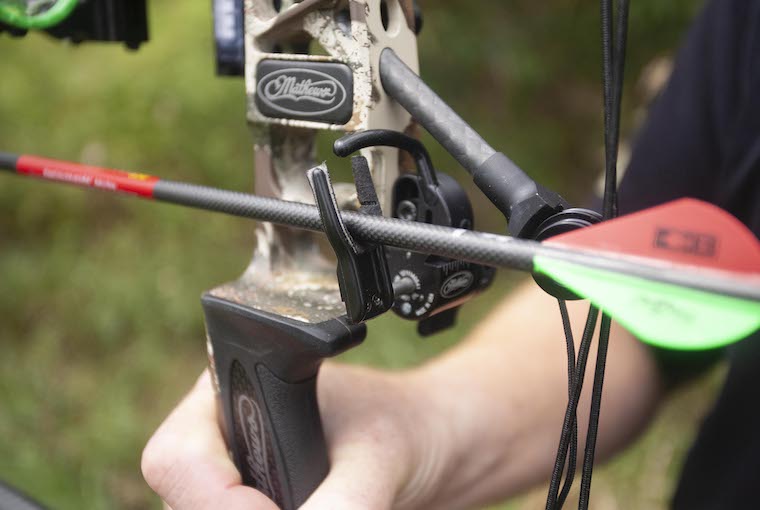
With dozens of different arrow rest manufacturers producing hundreds of different retail options, it can be difficult to choose the one that’s right for you.
Over the years, I’ve tried them all. Here are some of the features and benefits of each style to help you make the right decision.
Drop-away rests
The most popular style among hunters, by far, is the drop-away rest. The biggest challenge impacting accuracy is fletching hitting the arrow rest during the shot — contact that will cause an arrow to go off course. This is further amplified when using broadheads. When a broadhead goes off-course, the blades act like wings, steering the arrow even further from its intended target. The fletching contact also usually causes arrow damage, requiring a fix. The design of the drop-away rest eliminates the contact issue. The arrow rest falls away, and the arrow passes through the arrow shelf without any fletching contact. There are three types of drop-away rests.
Bow-cable: These popular drop-away rests attach to the bow-cable. When the bow is drawn back, the arrow rest engages in an upright position. When the bow is shot, the rest drops flat before the fletching gets there. Drop-away rests like the QAD Ultra-Rest can be locked into an upright position and capture the arrow until you draw the bow. This is especially beneficial to hunters who lay the bow on their lap. When you raise the bow to shoot, you do not have to reposition the arrow.
Limb-driven: The second style of drop away is known as limb-driven. The chord on the rest travels the length of the bow and attaches to the bottom limb. The flex of the bow’s limb activates the drop-away feature. Although this system works extremely well, the disadvantage, for hunters, is the length of the chord. That much exposed chord can get caught on tree branches and brush. Plus, if the chord gets broken, your hunt is over until it’s fixed.
Cordless: This third style of drop-away rest uses a system of magnets. When you fire the bow, the magnets release and the rest falls flat. This system means no chords to get caught on brush, however, the magnets tend to have different breaking points in different temperatures. Cold weather tends to mean different performance than warm weather. If you choose this style of rest, practice in all conditions.
Full-capture whisker biscuit rests
Whisker biscuit rests changed the sport of bowhunting and quickly became popular with hunters. Biscuits fully capture the arrow, preventing it from falling off the rest. They are quiet during the draw, and extremely easy to set up. There are three different hole sizes available to fit micro-diameter arrows, regular carbon arrows or larger arrows, like aluminum one. This style of rest does have some fletching contact as the arrow passes through the bristles.
On the upside, however, they offer great accuracy, provided the bow is tuned properly. The bristles are very pliable, and when stiff vanes like Blazer vanes are used, you can expect to be extremely happy with the results. Over time, the bristles will need to be replaced, but doing so is simple with a couple of Allen keys.
From my testing, I can only find one disadvantage to the biscuit. There is the possibility of ice and snow getting into the bristles, making them stiff. Accuracy can suffer, as the bristles need to be pliable for the fletching to pass through cleanly. There are sprays available to help with this.
Launcher-style rests
The invention of the release aid created the need for a new style of arrow rest, known as the launcher style. The two-prong and lizard tongue took the industry by storm. Although not popular among hunters, these rests have a place with target shooters because of their simplicity. You shoot with the index fletch up for the lizard tongue, and the index fletch down running through the prongs on a two-prong rest.
There are two major drawbacks to this style for hunters. First, the launcher and the prongs are made of metal and are extremely noisy during the draw. Second, the arrow does not stay on the rest if you lay the bow on your lap. You must reposition the arrow before drawing.
Getting the most out of your new rest
There is no substitute for proper bow tuning, no matter which style of rest you choose. This is where your local archery shop can really help you. Not only will they have different rests to try, but they will also tune your bow.
If you are not near a shop and tackling this on your own, here’s what to do. Make sure the arrow rest you purchase has left/right and up/down adjustments. Start with the arrow at 90 degrees in relation to the bowstring, with the arrow running through the threaded hole you attach the rest to. When at rest, the arrow should be roughly three-quarters of an inch from the inside of the riser. Shoot a group with practice points and a group with broadheads. Make small adjustments to the arrow rest until both points have the same impact. Good luck on your hunting adventures!
Originally published in the Nov.-Dec. 2022 issue of Ontario OUT of DOORS


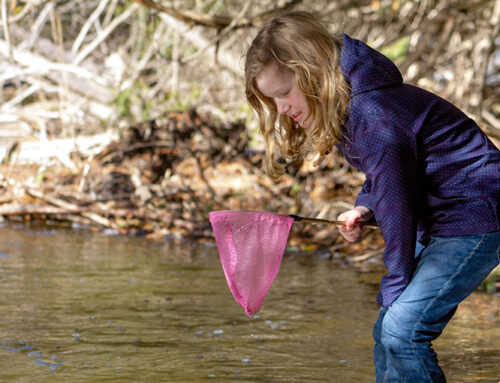
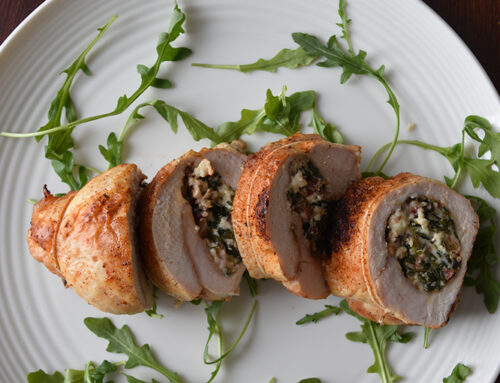
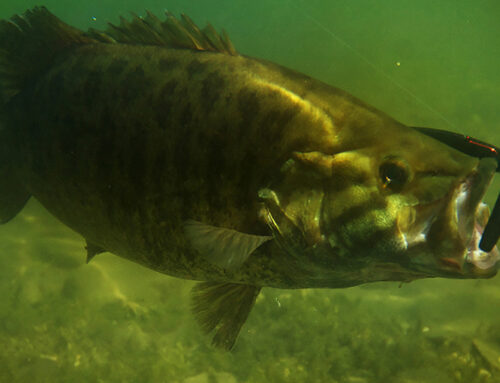
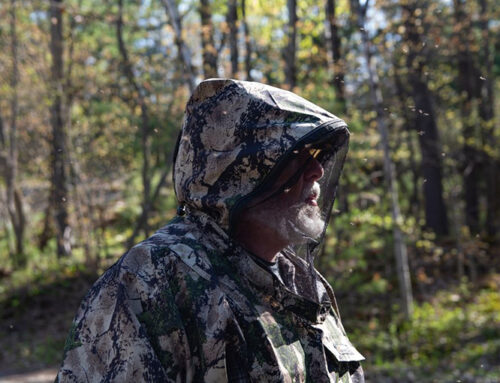
Leave A Comment